The Sun
March 19, 2018
BY ELISE STEFANIK, ANA PAULA TAVARES
Despite snow blanketing the North Country in March, spring is near and many of us here in New York are preparing for the return of migratory birds, such as Black Terns, Hooded Mergansers and Sanderlings, who visit us briefly at Lake Ontario during their long and treacherous migration north from their wintering grounds in warmer climates.
While our region won’t be their final destination, our wetlands — designated Important Bird Areas — are vital resting and mating grounds for migratory waterfowl and shorebirds, and breeding marsh birds.
As Dr. Thomas Lovejoy once noted, “If you take care of the birds, you take care of most of the big problems in the world.”
The same is true of the conservation challenges we face in our backyard.
Programs like the Great Lakes Restoration Initiative (GLRI), the Land and Water Conservation Fund (LWCF), and the Lake Champlain Basin Program are important tools to protect the Great Lakes, Lake Champlain, and the surrounding water systems and natural habitat, so that human and natural communities can continue to thrive together.
The GLRI is an incredibly effective federal program that provides key funding to remedy the most pressing ecological problems in the Great Lakes Basin.
These projects address a wide range of problems such as habitat loss, toxic pollution and runoff, invasive species, and wetland and beach degradation.
Without the GLRI, we would not be able to support these critical projects, which would mean trouble for the important bird species and other wildlife that depend on our natural resources. It would also have a grave impact on local economies throughout the North Country, too.
Some lawmakers in Washington are proposing a 90 percent cut in the funding that protects and restores the lakes.
This would be problematic for the Great Lakes, for Lake Ontario, and for our district. In New York, the Great Lakes provide fresh drinking water and support outdoor recreation. Together, the lakes have a $2.27 billion impact on the economy and bolster almost 12,000 jobs.
It’s also the foundation of our multi-million tourism industry in the New York Seaway Trail region, provides critical hydropower generation, and so much more.
This area — equally vital to birds — is already experiencing degradation and loss of habitat, so an interruption in the funding that seeks to reverse and restore those places would force birds to seek refuge and breeding ground elsewhere.
Similarly, the Lake Champlain Basin Program and the Land and Water Conservation Fund (LWCF) allow Congress to protect and restore our natural ecosystems and habitat, and the vitality of water in the region.
Unfortunately, these programs also need our outspoken advocacy.
Last year, Congress adopted the Stefanik-Welch bipartisan amendment to restore $4.4 million in federal funding for the Lake Champlain Basin Program. Audubon joins in supporting the continued flow of critical resources to help protect the lake and its watershed’s biodiversity because that’s good for birds, other wildlife, and the people who live, work, and play in this region.
For these same reasons, it is also crucial to ensure the renewal of LWCF this year. LWCF enjoys broad, bipartisan support in Congress because it has protected special water and land across our state, including places like the Saratoga National Historical Park.
The program has also provided grants to improve state and local parks in every county in New York, including state beaches along the shores of Lake Ontario, Plattsburgh Parks, White Face and Gore Mountains, as well as Lake George.
The health of our natural resources is of vital importance to our region’s outstanding quality of life and the livelihoods of families across the North Country and all of New York.
These programs help protect those resources, and do so in a fiscally-responsible way that’s good for the people of New York and good for birds. After all, where birds thrive, people prosper.
Rep. Stefanik represents New York’s 21st Congressional District. Ana Paula Tavares serves as the Executive Director and Vice President of Audubon New York.





